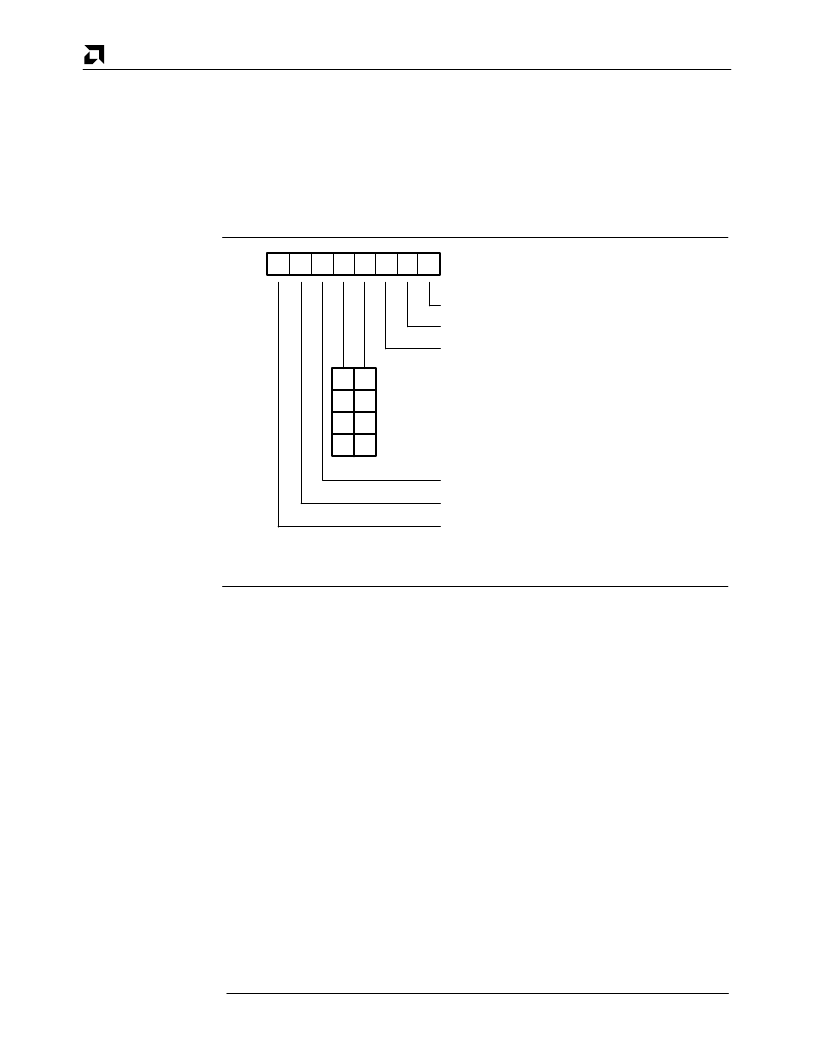- 您現(xiàn)在的位置:買賣IC網(wǎng) > PDF目錄366552 > AM8530 (Advanced Micro Devices, Inc.) Serial Communications Controller PDF資料下載
參數(shù)資料
| 型號: | AM8530 |
| 廠商: | Advanced Micro Devices, Inc. |
| 英文描述: | Serial Communications Controller |
| 中文描述: | 串行通信控制器 |
| 文件頁數(shù): | 118/194頁 |
| 文件大?。?/td> | 797K |
| 代理商: | AM8530 |
第1頁第2頁第3頁第4頁第5頁第6頁第7頁第8頁第9頁第10頁第11頁第12頁第13頁第14頁第15頁第16頁第17頁第18頁第19頁第20頁第21頁第22頁第23頁第24頁第25頁第26頁第27頁第28頁第29頁第30頁第31頁第32頁第33頁第34頁第35頁第36頁第37頁第38頁第39頁第40頁第41頁第42頁第43頁第44頁第45頁第46頁第47頁第48頁第49頁第50頁第51頁第52頁第53頁第54頁第55頁第56頁第57頁第58頁第59頁第60頁第61頁第62頁第63頁第64頁第65頁第66頁第67頁第68頁第69頁第70頁第71頁第72頁第73頁第74頁第75頁第76頁第77頁第78頁第79頁第80頁第81頁第82頁第83頁第84頁第85頁第86頁第87頁第88頁第89頁第90頁第91頁第92頁第93頁第94頁第95頁第96頁第97頁第98頁第99頁第100頁第101頁第102頁第103頁第104頁第105頁第106頁第107頁第108頁第109頁第110頁第111頁第112頁第113頁第114頁第115頁第116頁第117頁當(dāng)前第118頁第119頁第120頁第121頁第122頁第123頁第124頁第125頁第126頁第127頁第128頁第129頁第130頁第131頁第132頁第133頁第134頁第135頁第136頁第137頁第138頁第139頁第140頁第141頁第142頁第143頁第144頁第145頁第146頁第147頁第148頁第149頁第150頁第151頁第152頁第153頁第154頁第155頁第156頁第157頁第158頁第159頁第160頁第161頁第162頁第163頁第164頁第165頁第166頁第167頁第168頁第169頁第170頁第171頁第172頁第173頁第174頁第175頁第176頁第177頁第178頁第179頁第180頁第181頁第182頁第183頁第184頁第185頁第186頁第187頁第188頁第189頁第190頁第191頁第192頁第193頁第194頁

Register Description
AMD
6–8
Bits 4 and 3: Receive Interrupt Modes
These two bits specify the various character-available conditions that may cause interrupt
requests.
Receive Interrupts Disabled (00)
. This mode prevents the receiver from requesting an
interrupt and is normally used in a polled environment where either the status bits in RR0
or the modified vector in RR2 (Channel B) can be monitored to initiate a service routine.
Although the receiver interrupts are disabled, a special condition can still provide a unique
vector status in RR2.
D
7
D
6
D
5
D
4
D
3
D
2
D
1
D
0
0
0
0
1
1
0
1
1
Rx INT Disable
Rx INT on First Character or Special Condition
INT on All Rx Characters or Special Condition
Rx INT on Special Condition Only
EXT INT Enable
Tx INT Enable
Parity is Special Condition
WAIT/DMA Request on RECEIVE/
TRANSMIT
WAIT
/DMA Request Function
WAIT/DMA Request Enable
Figure 6–2. Write Register 1
Receive Interrupt on First Character or Special Condition (01)
. The receiver requests
an interrupt in this mode on the first available character (or stored FIFO character) or on a
special condition. Sync characters to be stripped from the message stream do not cause
interrupts.
Special receive conditions are: receiver overrun, framing error, end of frame, or parity
error (if selected). If a special receive condition occurs, the data containing the error are
stored in the receive FIFO until an Error Reset command is issued by the CPU.
This mode is usually selected when a Block Transfer mode is used. In this interrupt
mode, a pending special receive condition remains set until either an Error Reset com-
mand, a channel or hardware reset, or until receive interrupts are disabled.
The Receive Interrupt on First Character or Special Condition mode can be re-enabled by
the Enable Rx Interrupt on Next Character command in WR0.
Interrupt on All Receive Characters or Special Condition (10)
. This mode allows an
interrupt for every character received (or character in the receive FIFO) and provides a
unique vector when a special condition exists. The Receiver Overrun bit and the Parity
Error bit in RR1 are two special conditions that are latched. These two bits must be reset
by the Error Reset command. Receiver overrun is always a special receive condition, and
parity can be programmed to be a special condition.
Data characters with special receive conditions are not held in the receive FIFO in the
Interrupt On All Receive Characters or Special Conditions mode as they are in other re-
ceive interrupt modes.
相關(guān)PDF資料 |
PDF描述 |
|---|---|
| AM8530H | Serial Communications Controller |
| AM85C30-10PC | Enhanced Serial Communications Controller |
| Am85C30 | Serial Communications Controller |
| AM85C30 | Enhanced Serial Communications Controller |
| AM85C30-8PC | Enhanced Serial Communications Controller |
相關(guān)代理商/技術(shù)參數(shù) |
參數(shù)描述 |
|---|---|
| AM8530ADC | 制造商:未知廠家 制造商全稱:未知廠家 功能描述:Communications Controller |
| AM8530ADCB | 制造商:未知廠家 制造商全稱:未知廠家 功能描述:Communications Controller |
| AM8530AJC | 制造商:未知廠家 制造商全稱:未知廠家 功能描述:Communications Controller |
| AM8530APC | 制造商:未知廠家 制造商全稱:未知廠家 功能描述:Communications Controller |
| AM8530DC | 制造商:未知廠家 制造商全稱:未知廠家 功能描述:Communications Controller |
發(fā)布緊急采購,3分鐘左右您將得到回復(fù)。